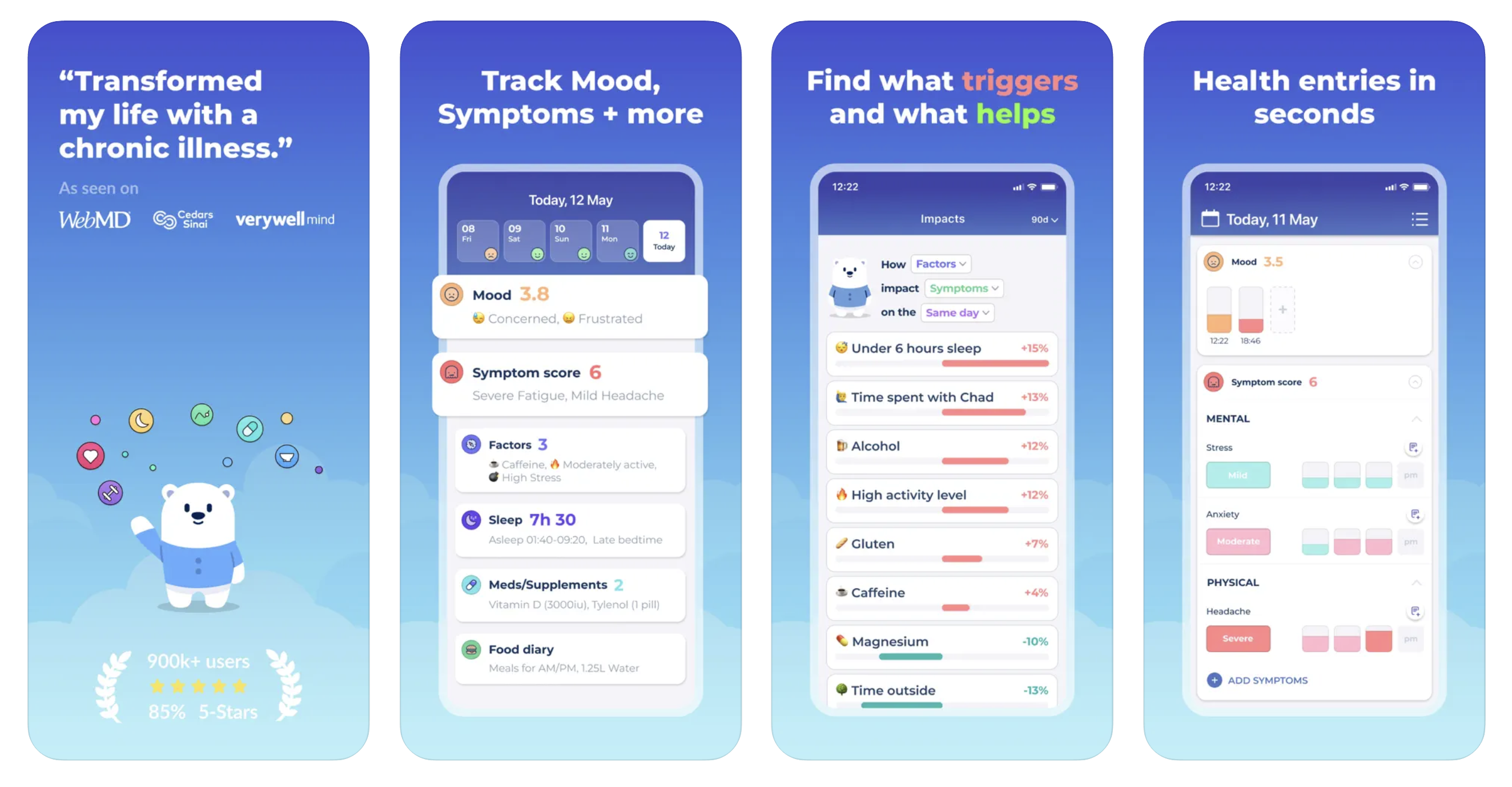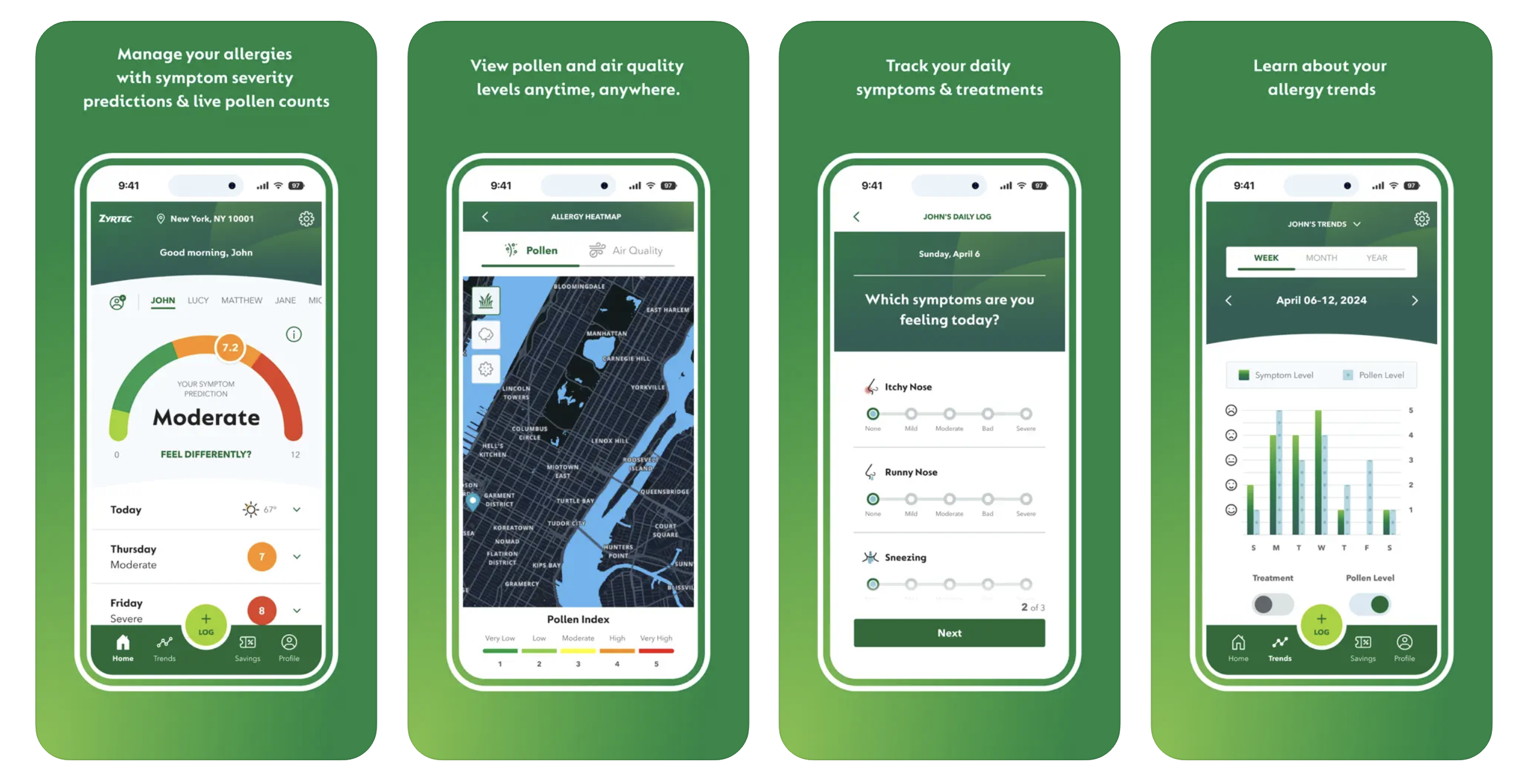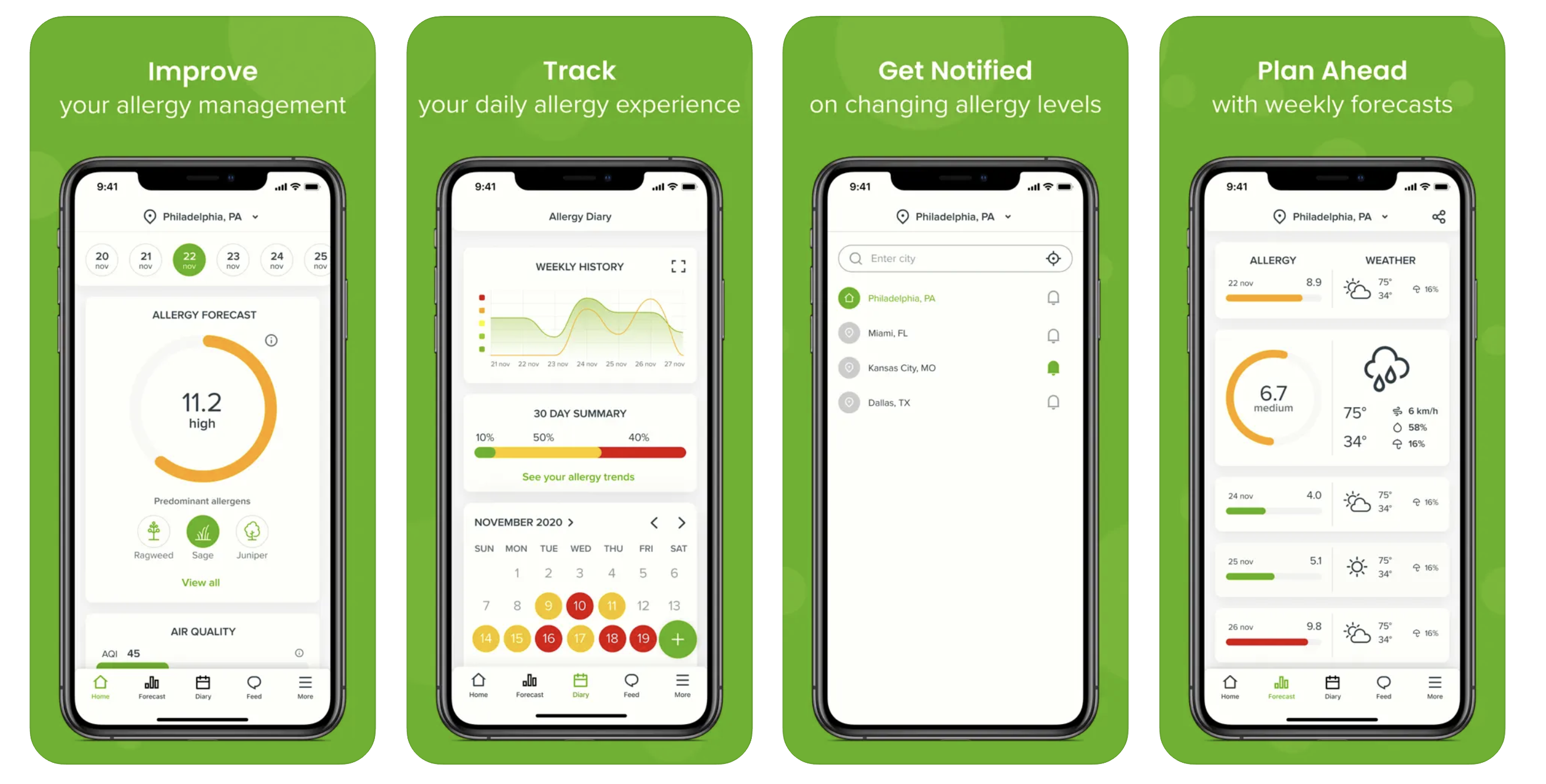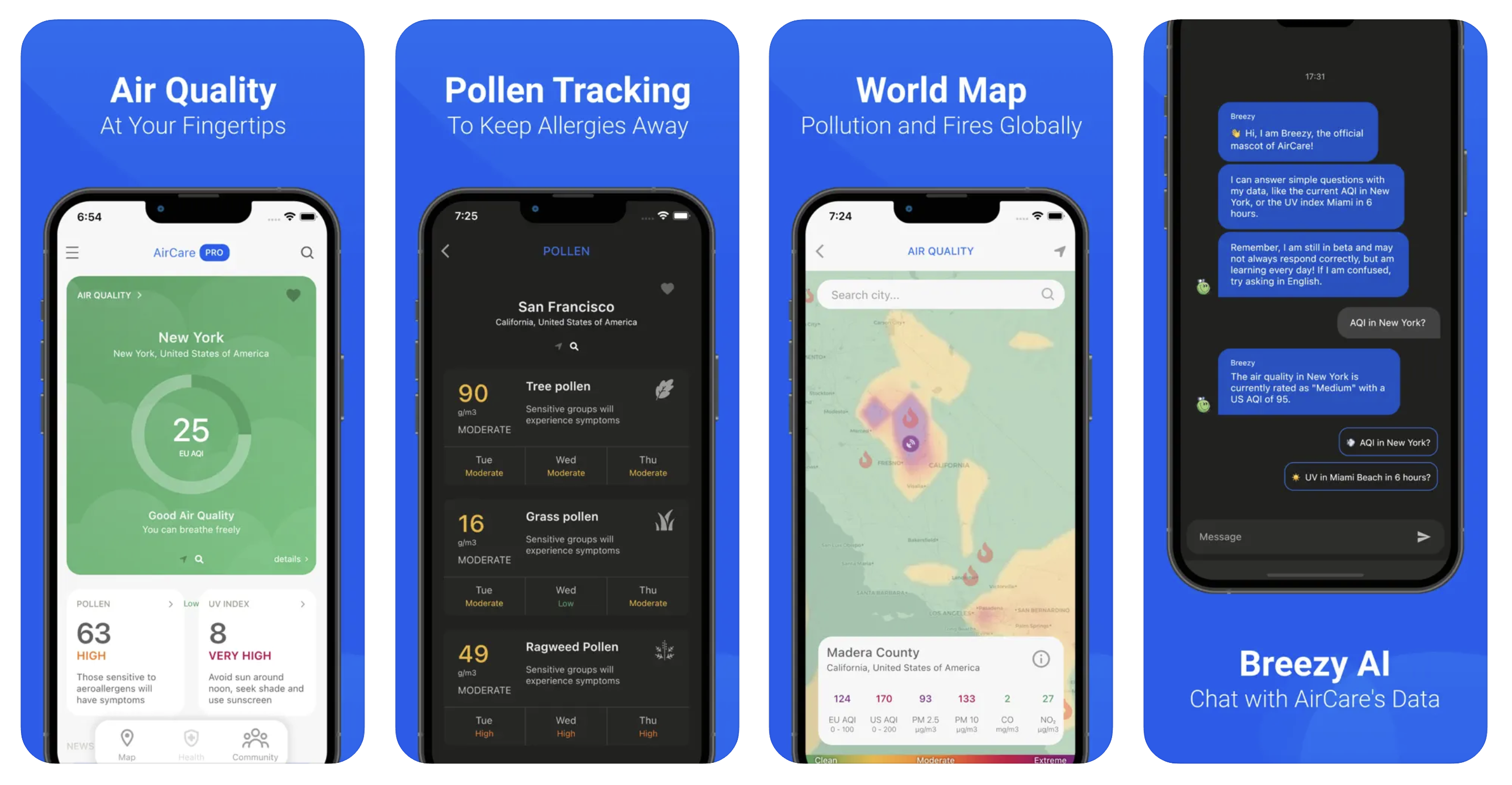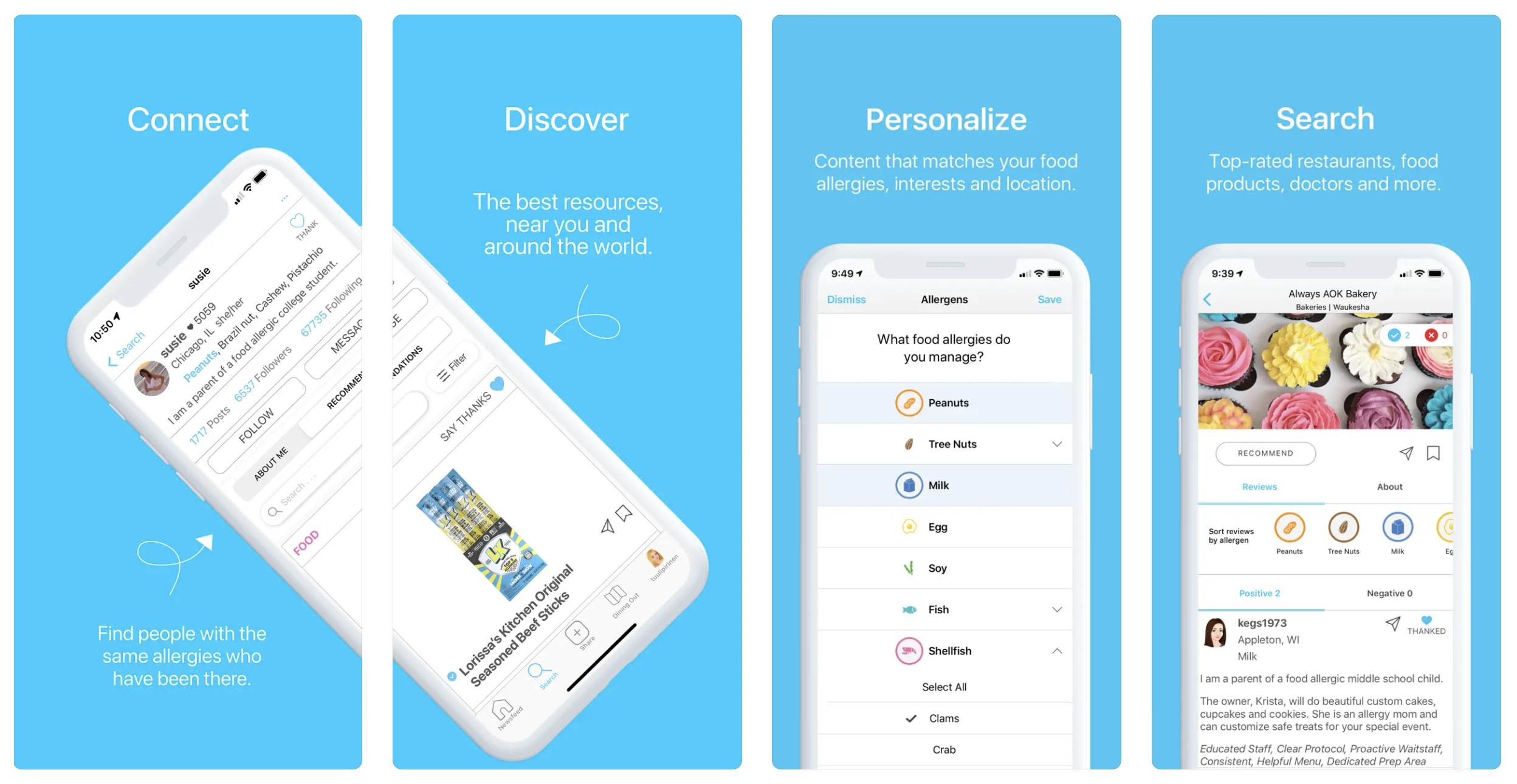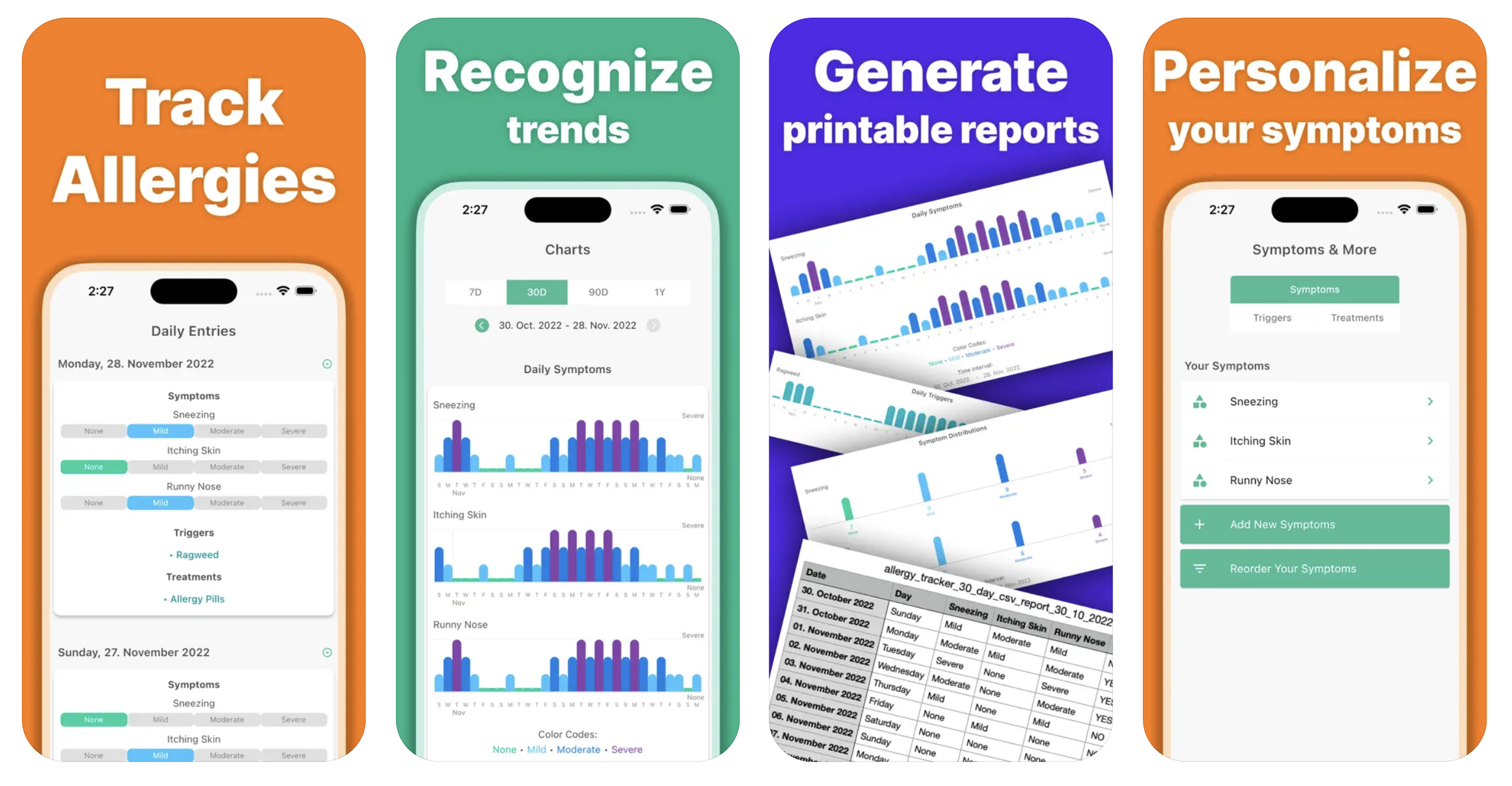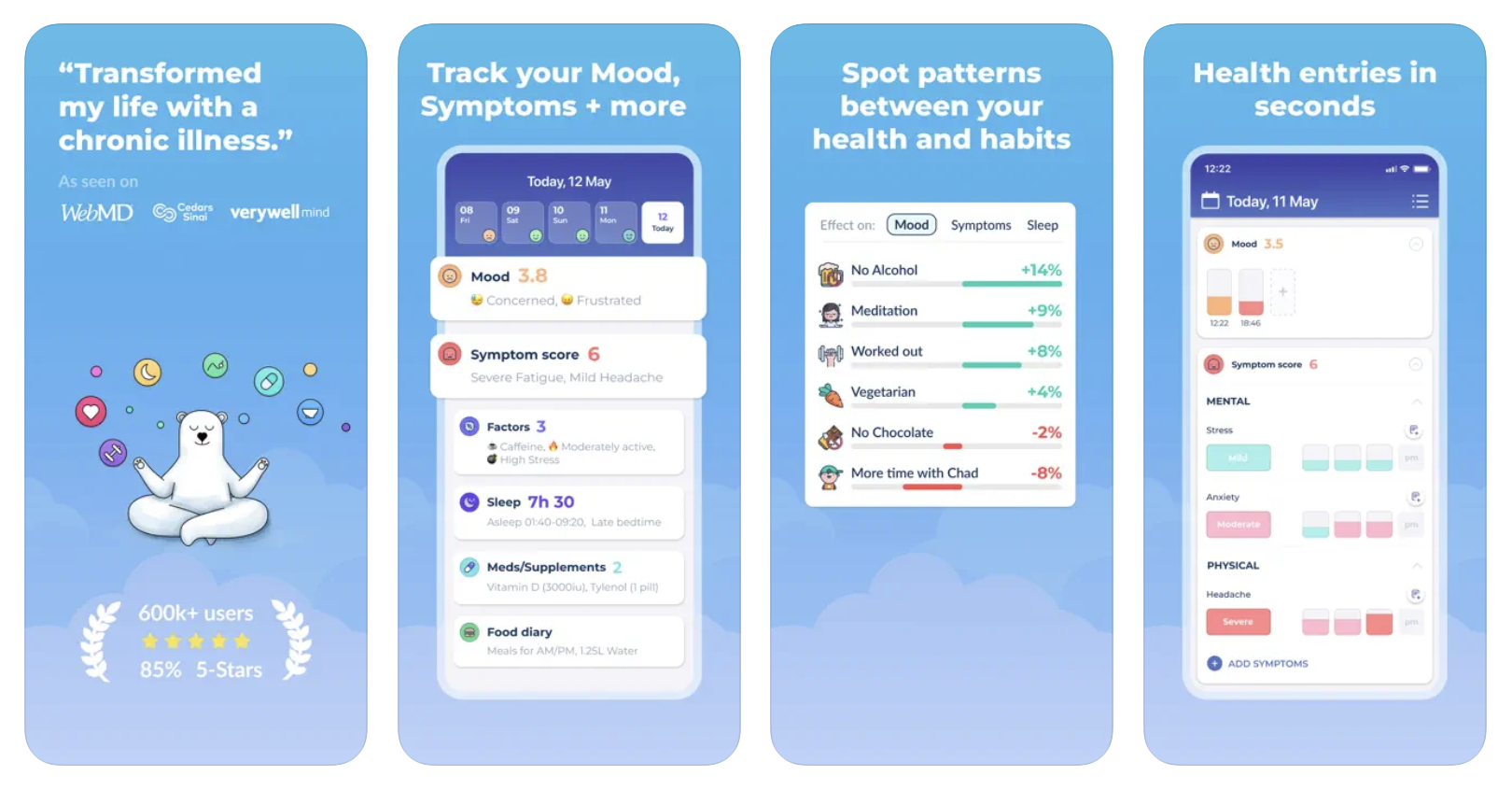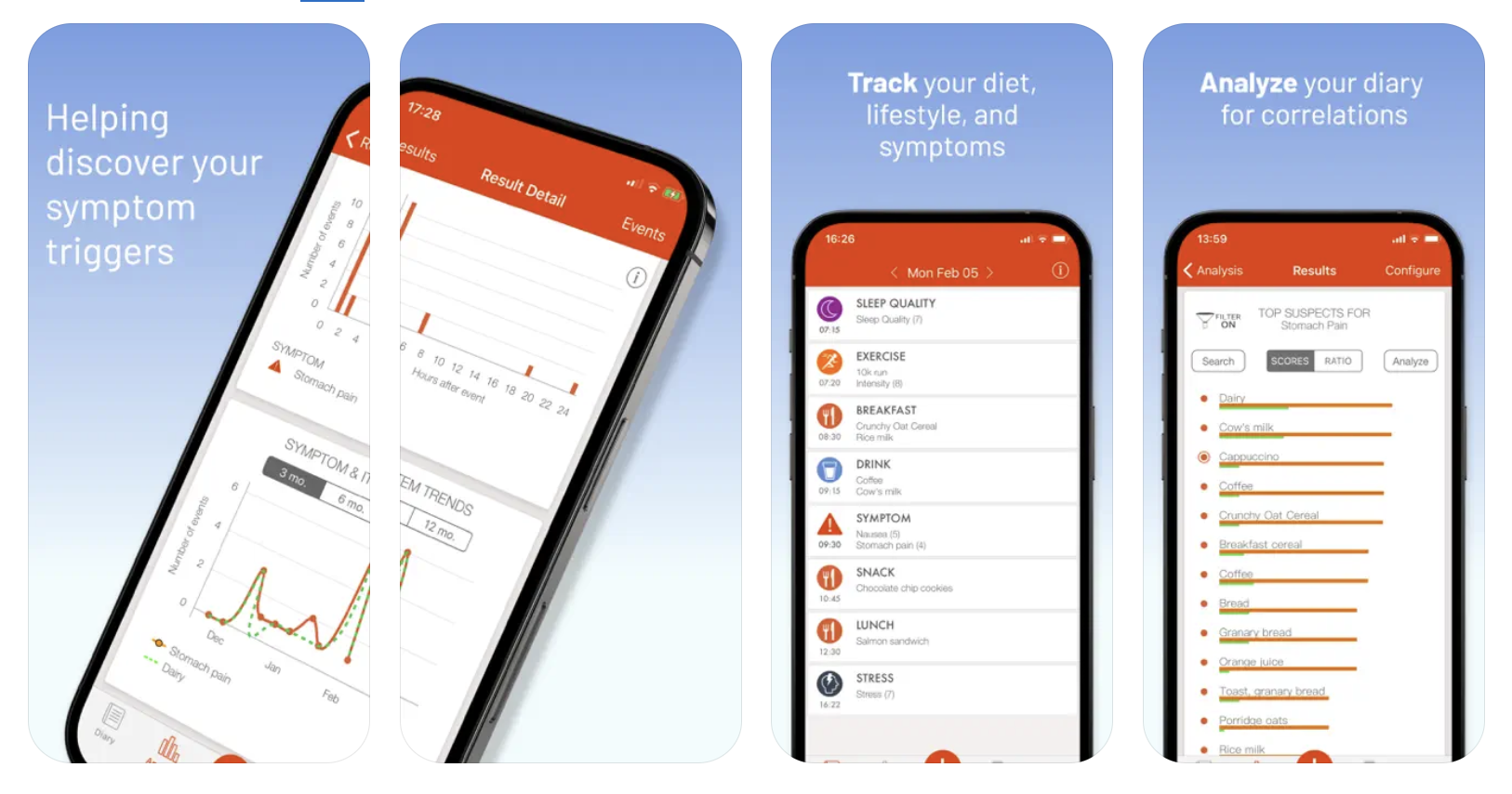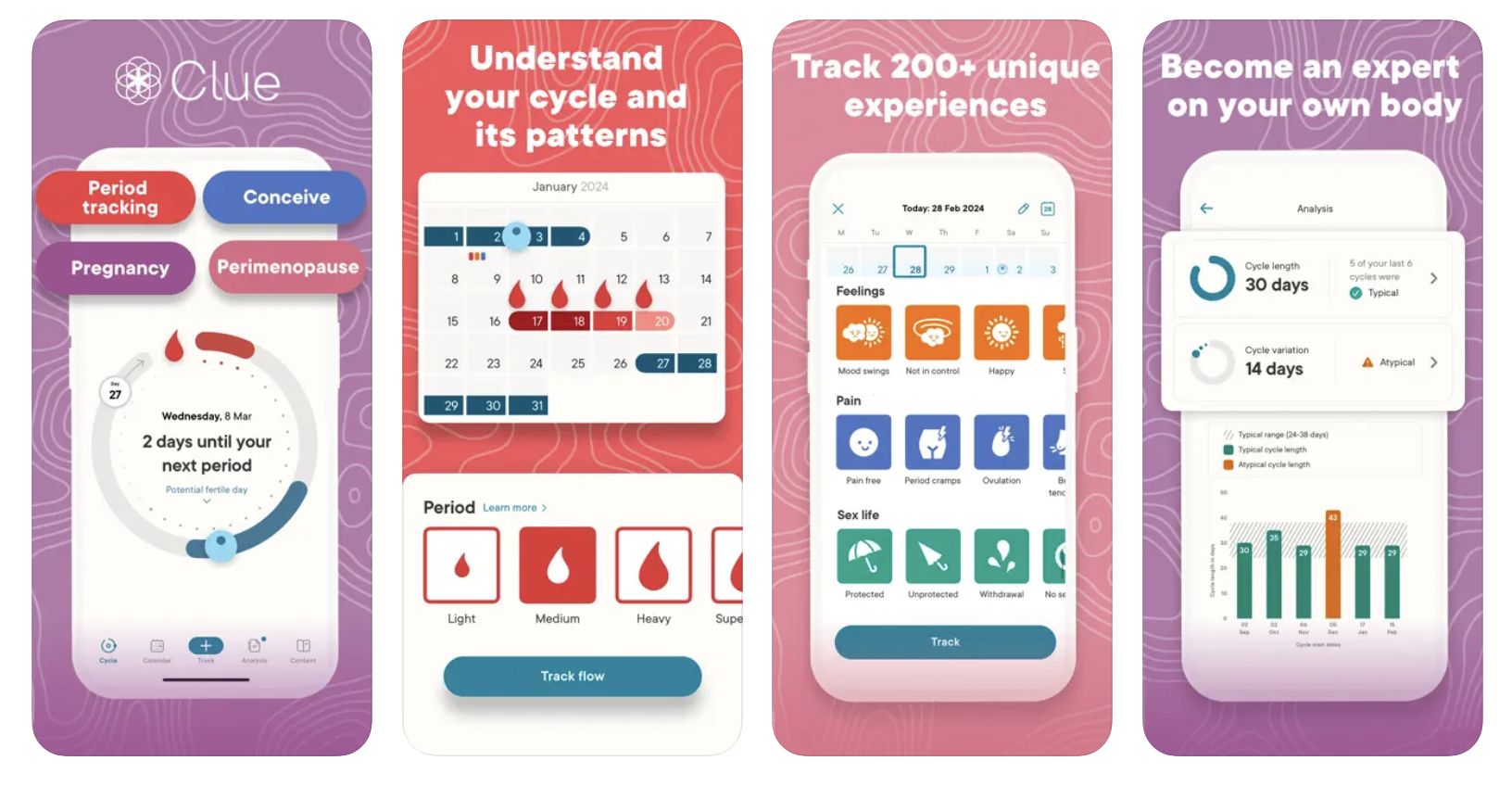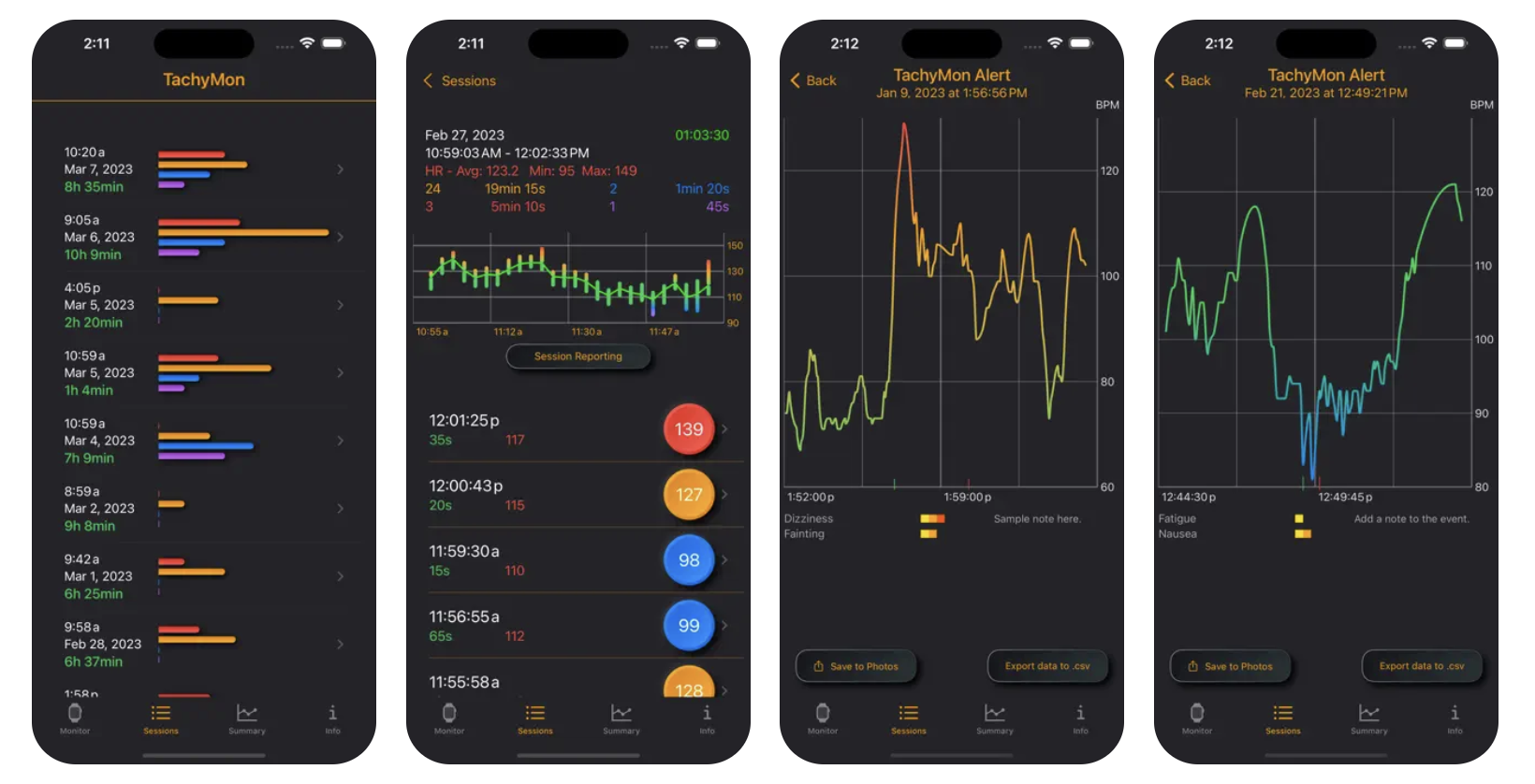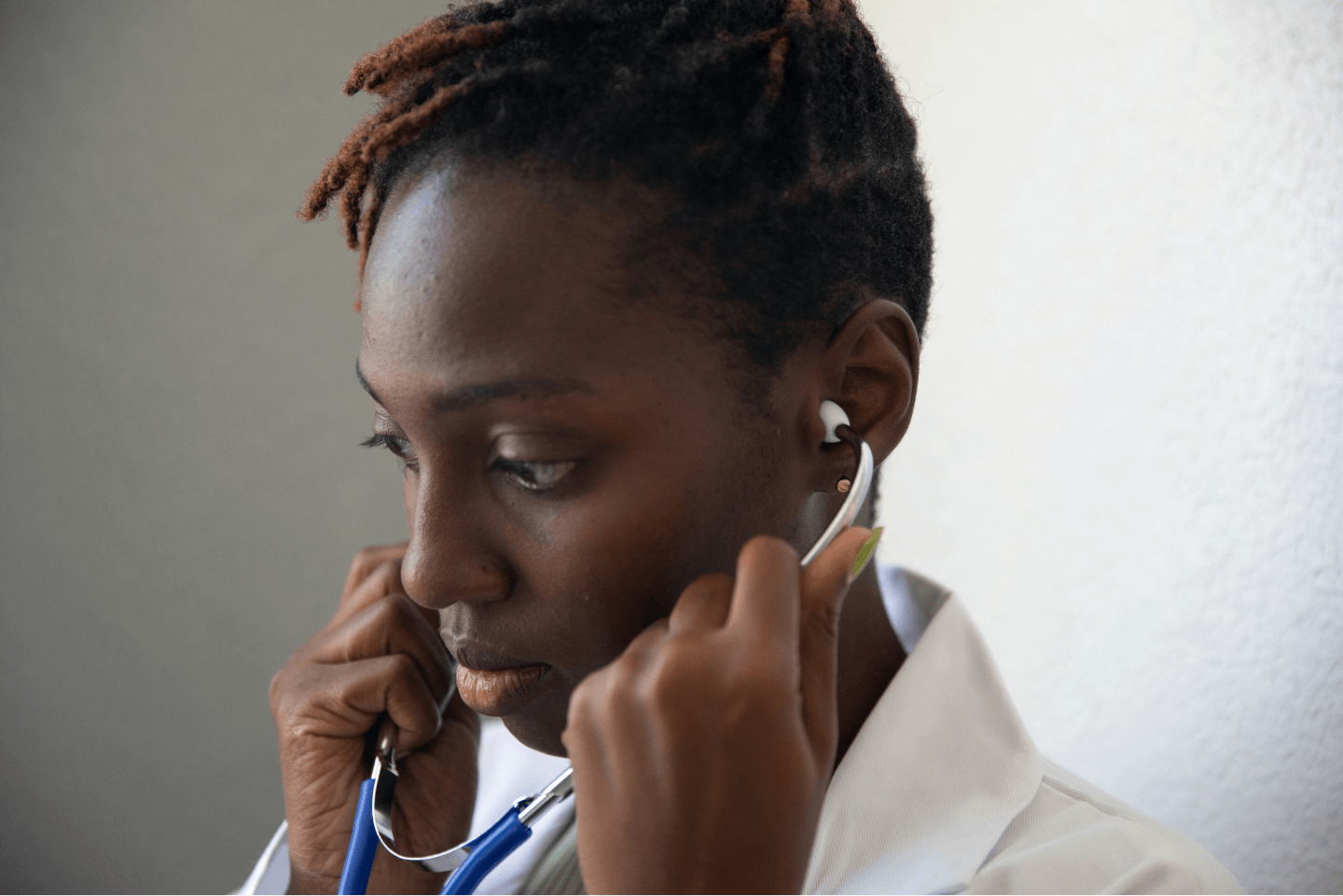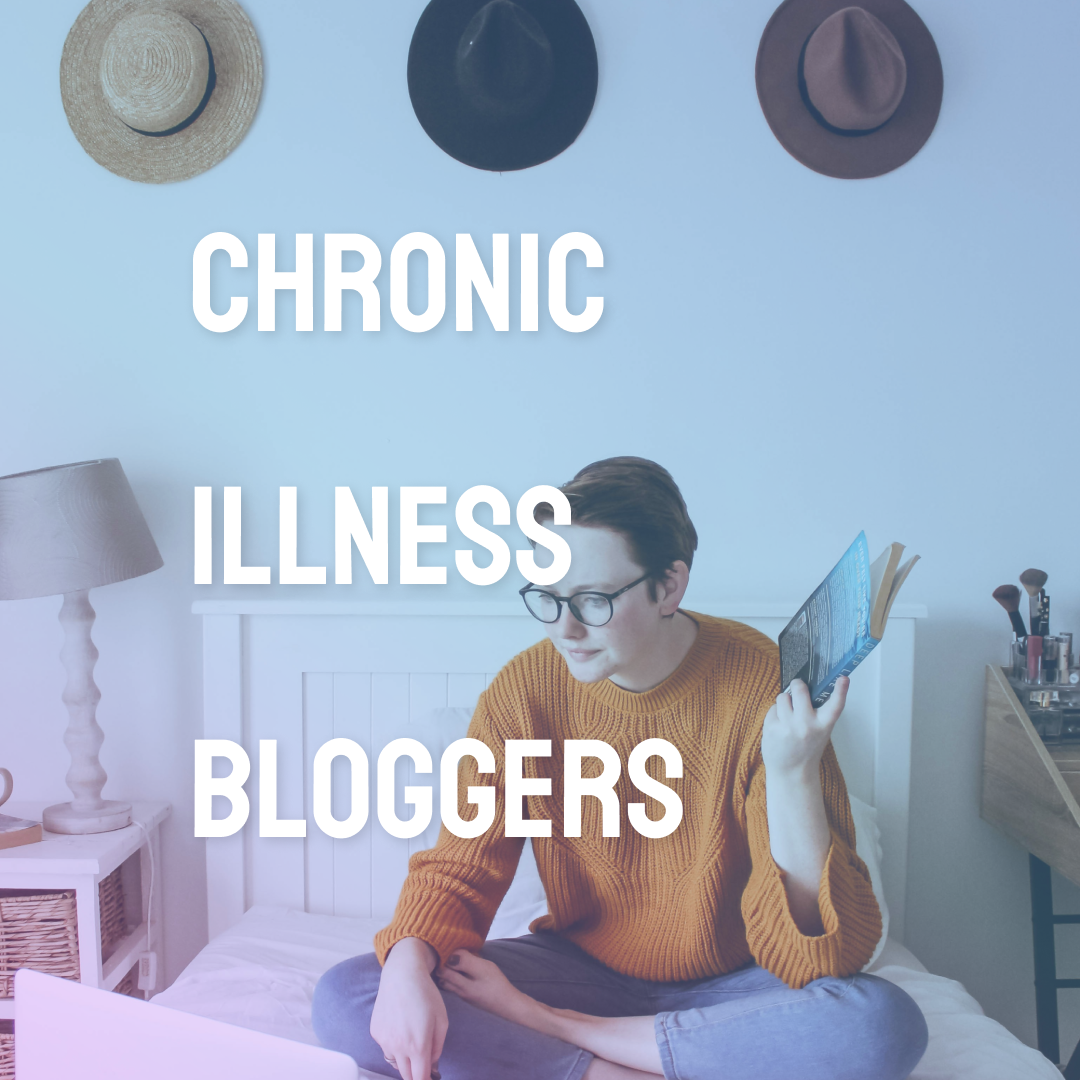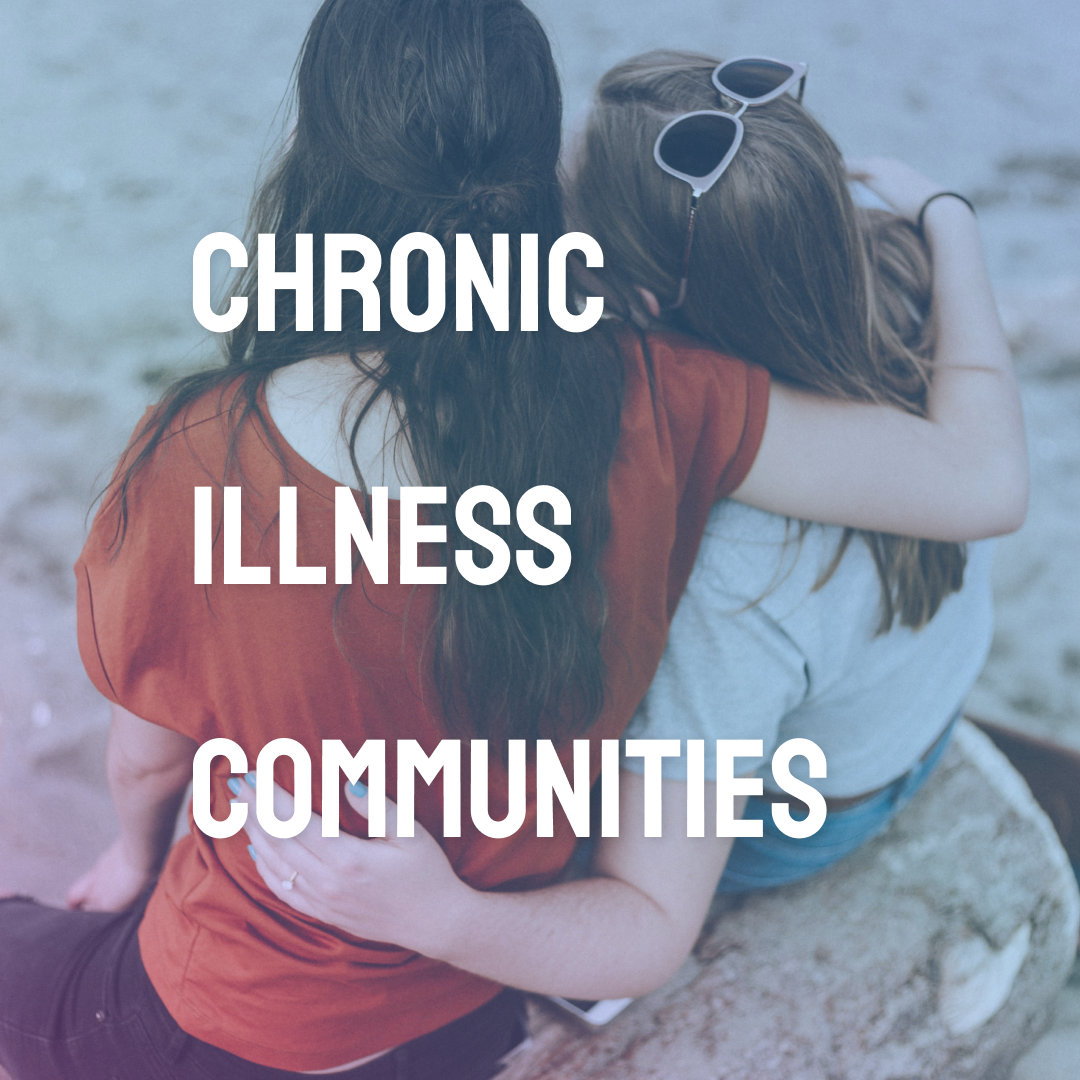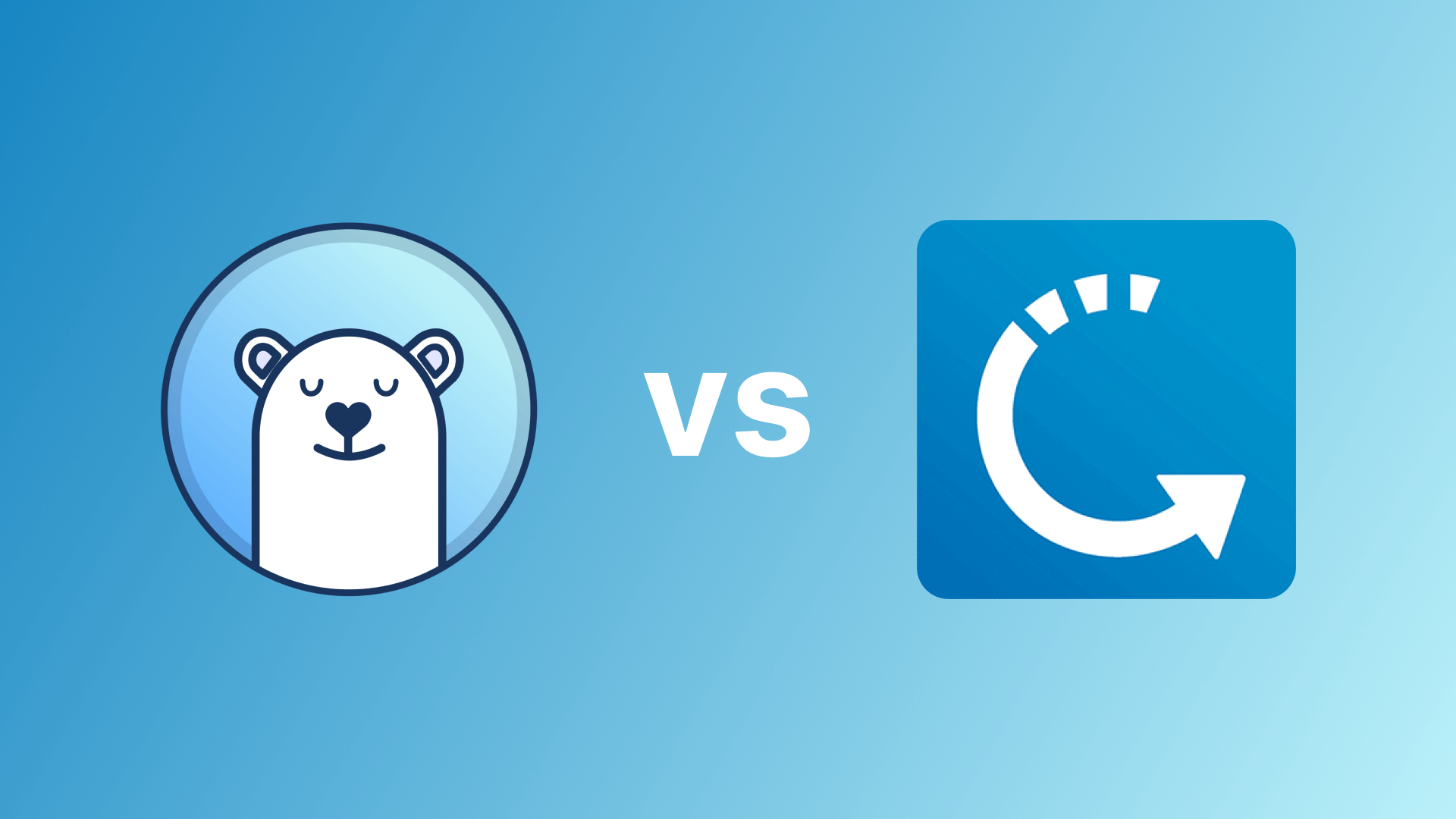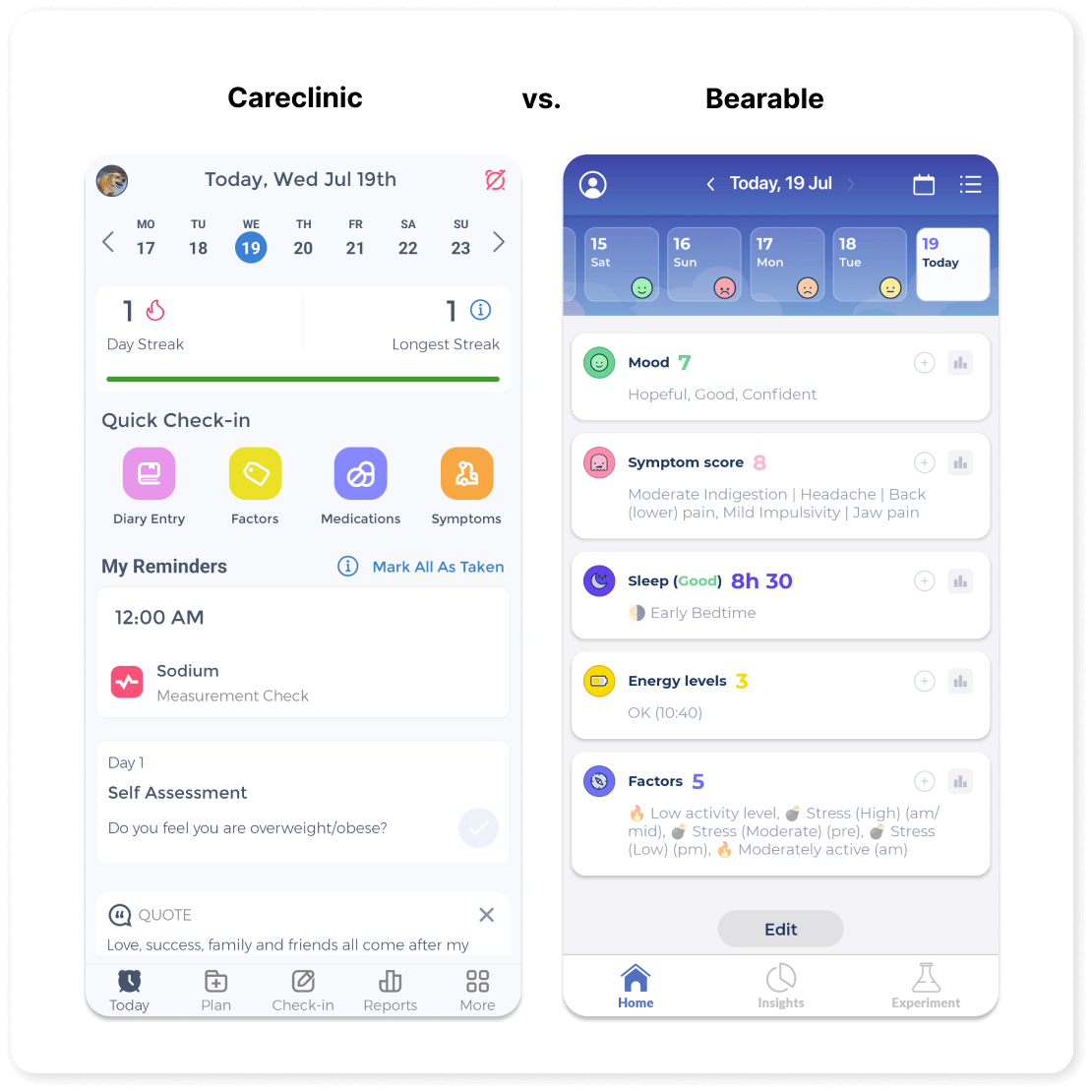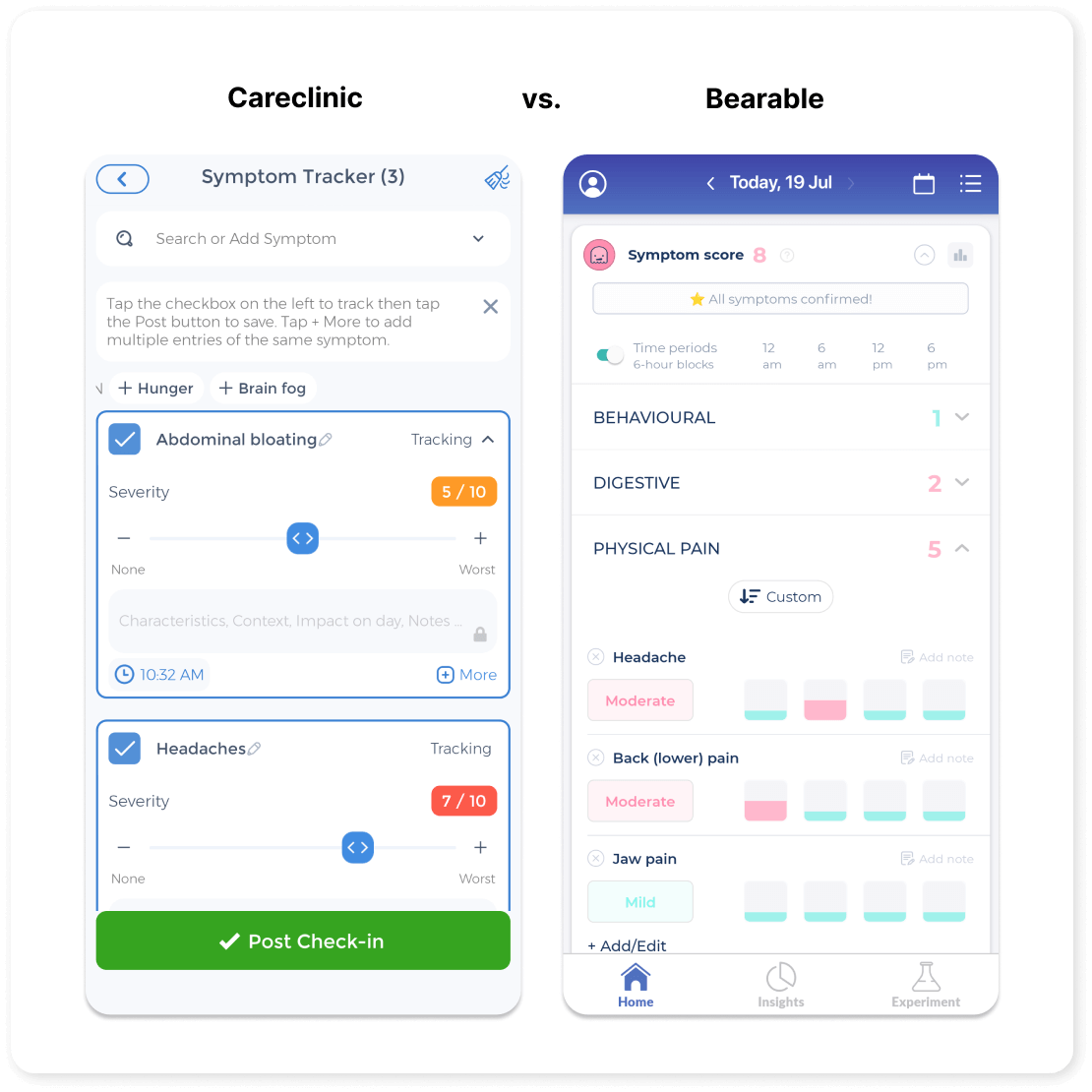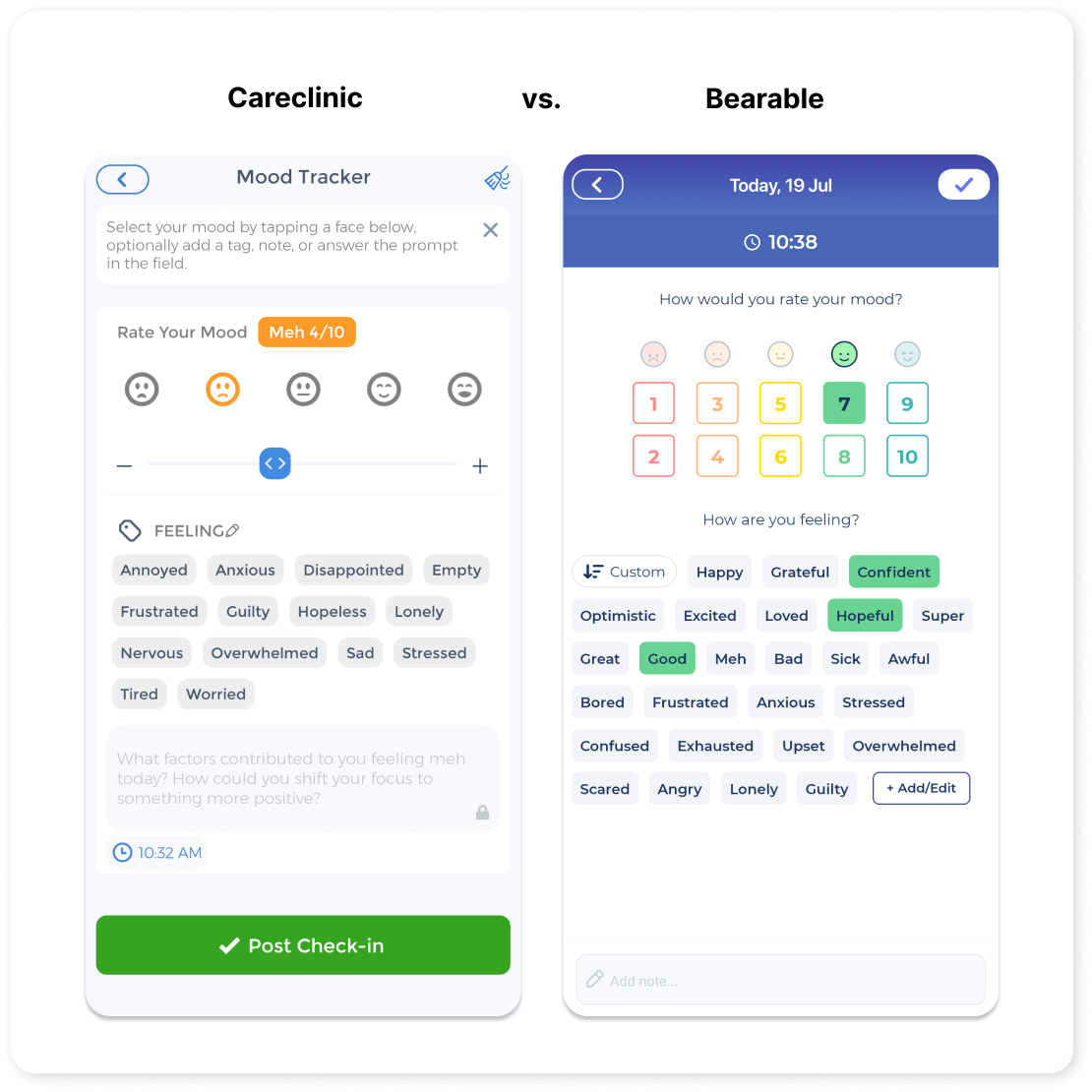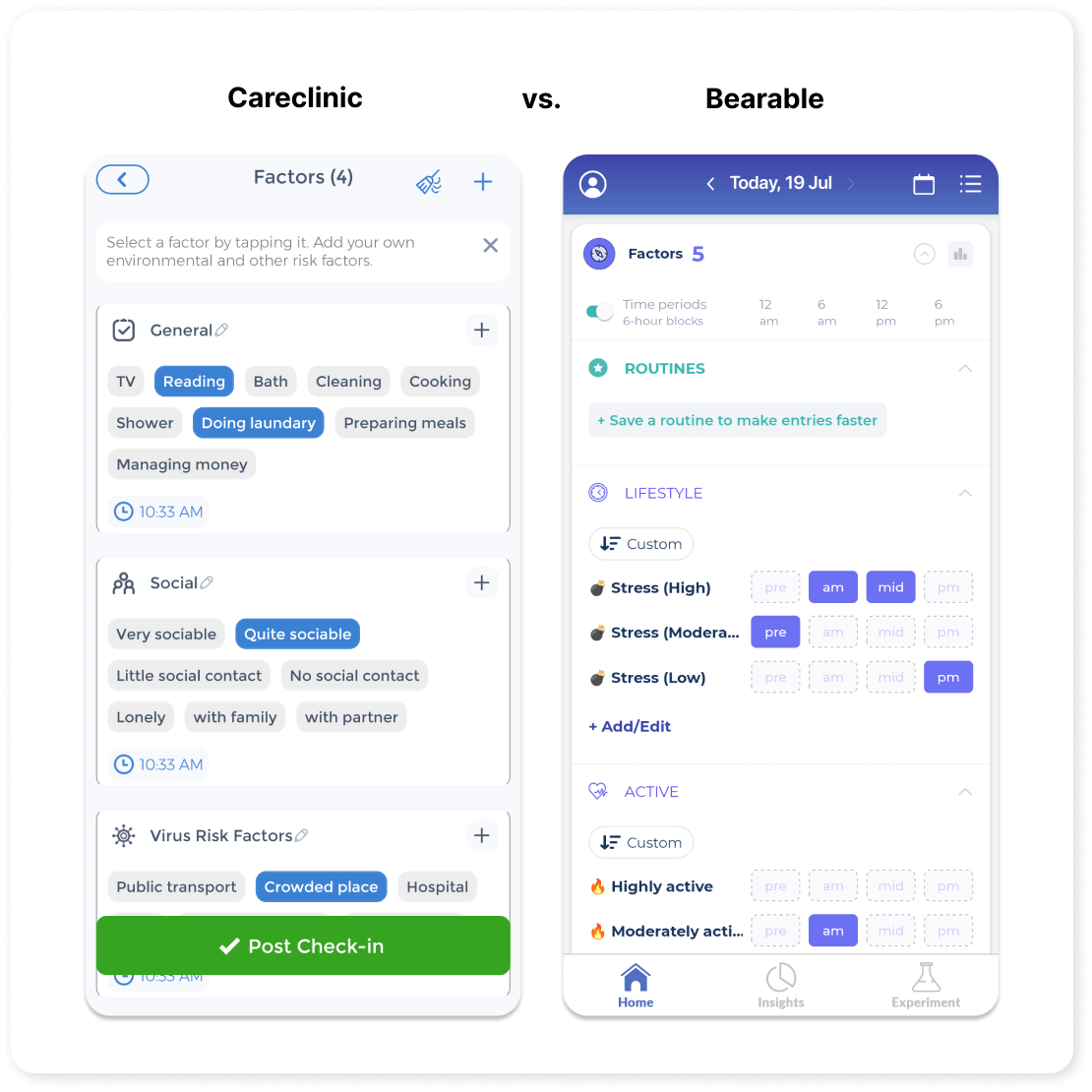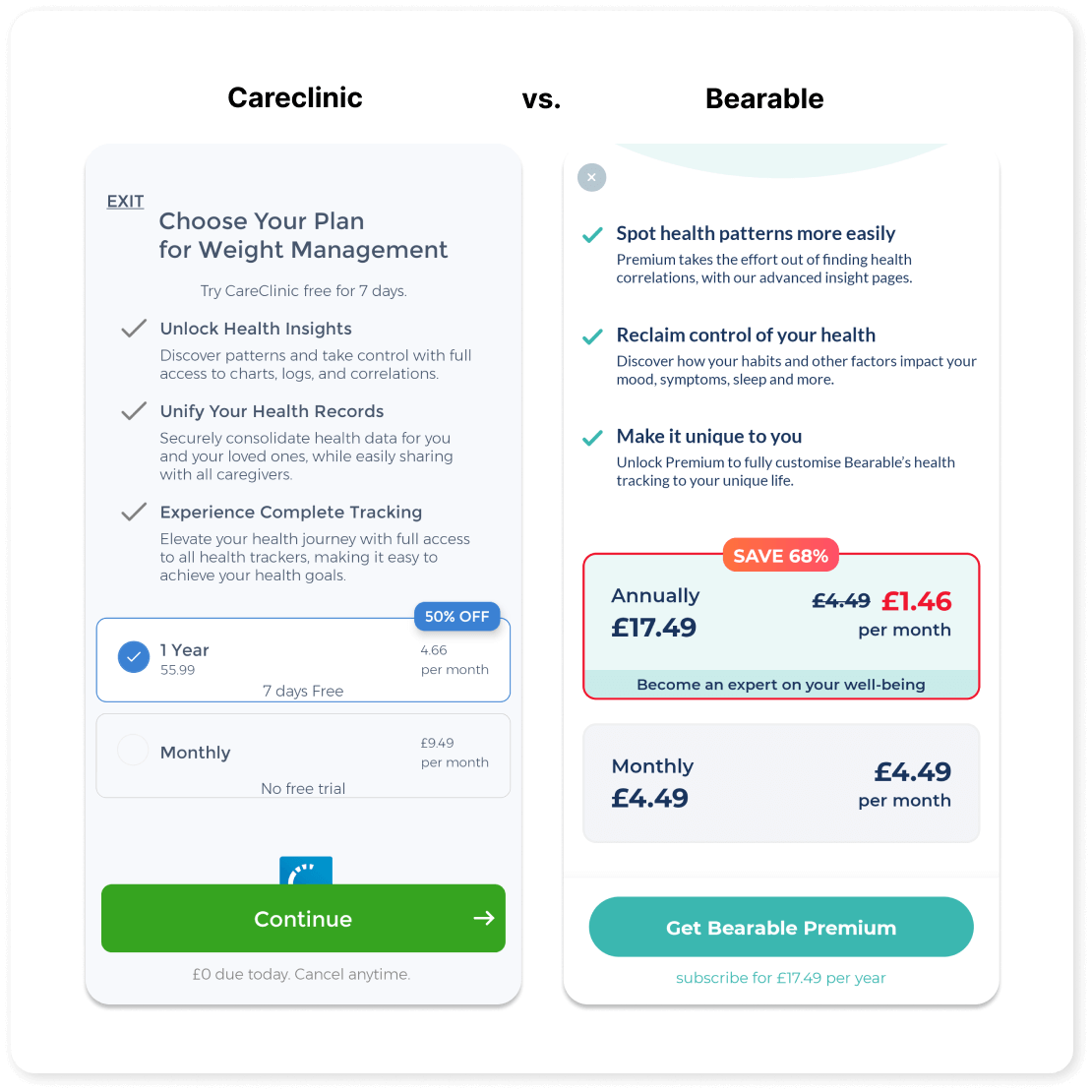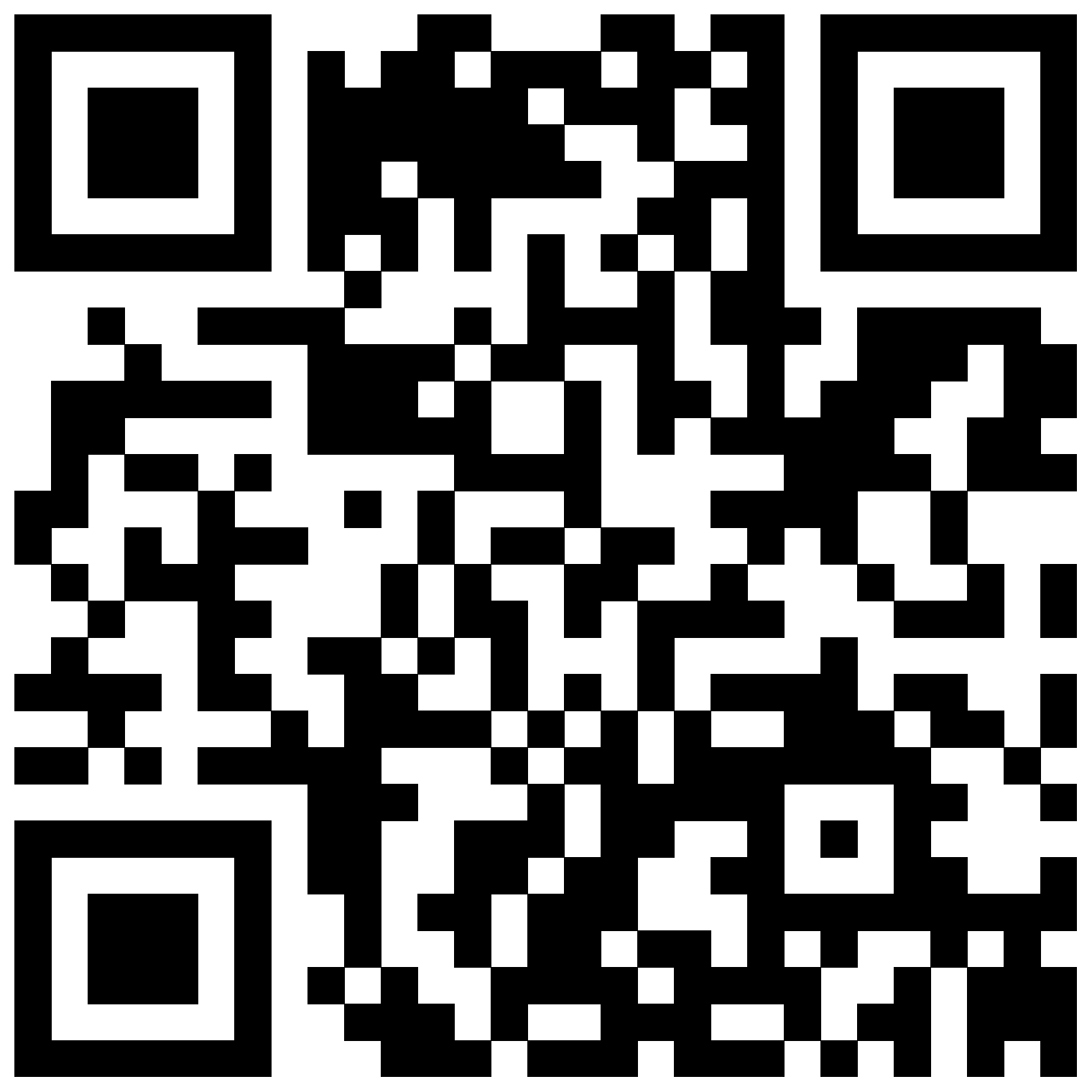
The 5 Best Period Tracker Apps of 2025
Finding the Best Period Tracker App for You
Published on August 8th 2025
Written by Jesse Driessen
When it comes to tracking your menstrual cycle, it can sometimes feel like you’re forced to choose between convenience, accuracy, and privacy. Over the last few years, period tracker apps have evolved dramatically, and in 2025, the best period tracker app does more than just count the days between periods. They aim to help people understand their hormones, mood swings, fertility, and overall health. But while the tech has improved, so have the questions we need to ask—especially around data privacy and medical accuracy.
In this article, we’ve explored which apps actually deliver on their promises. We’ve prioritised those recommended by medical professionals, praised by real users, and developed by teams with a clear commitment to protecting your data.
What to Look For in the Best Period Tracker App
Choosing the best period tracker app can feel overwhelming, especially with the App Store flooded with pink icons and vague promises. What actually matters is a bit more nuanced.
Firstly, accuracy. Apps that use your historical data, symptoms, and hormonal cues to predict your next period or ovulation are far more useful than simple date-counting calendars. The best apps combine AI with science-backed models, and some even consult medical advisors to improve their predictions.
Secondly, data privacy. After the overturning of Roe v. Wade in the US and increasing scrutiny of health data privacy, many users are understandably cautious. Several apps have come under fire for sharing sensitive data with third parties. When choosing the best period tracker app, always read the privacy policy. Better yet, choose one that complies with strict GDPR standards, like Bearable.
Finally, usability and design matter more than people think. If it’s not easy to log symptoms or interpret the trends, you’re unlikely to stick with it. Apps like Flo and Stardust have clearly invested in UI/UX, offering both ease-of-use and deeper insights.
Must-Have Features for Period Tracker Apps
The best period tracker apps of 2025 have moved beyond basic cycle prediction. Today, users expect a blend of medical accuracy, usability, customisation, and—above all—data protection. But which features truly matter?
- Symptom and Mood Logging: The ability to log pain, mood, energy, sleep, and even bowel movements can reveal meaningful patterns. Especially for people with conditions like PMDD or PCOS, multi-symptom tracking is a must.
- Customisation: Your body isn’t one-size-fits-all. Apps like Bearable and Flo let users choose which metrics to track, making the app work for your unique experience.
- Privacy Controls: Users should be able to control how their data is used and shared. Local data storage and strict GDPR compliance are essential for building trust. Avoid apps that bury their data-sharing practices.
- Reminders and Notifications: Medication reminders, ovulation windows, and symptom log nudges help users stay consistent—crucial for identifying long-term patterns.
- User Reviews and Community Feedback: Subreddits like r/TwoXChromosomes and r/TheGirlSurvivalGuide are rich with real experiences and cautionary tales.
- Inclusive Design: Some apps have options for tracking gender identity, fertility preferences, and menopause. The best period tracker app will reflect your life stage and values.
How Can a Period Tracker App Support You?
A well-designed period tracker app can serve as a vital tool for physical and mental health—not just a digital calendar.
- Revealing Patterns: Logging symptoms over time can uncover previously unnoticed patterns, such as premenstrual mood dips, ovulation pain, or flare-ups in chronic illness.
- Improving Medical Appointments: With accurate cycle and symptom data, it’s easier to advocate for yourself during GP or gynaecologist visits.
- Supporting Mental Health: Apps that track mood (like Bearable) allow users to anticipate emotional changes and apply coping strategies ahead of time.
- Planning Around Your Cycle: From exercise and work productivity to travel and sex, knowing your cycle phases can help you schedule your life in sync with your biology.
The Top 6 Best Period Tracker Apps in 2025
While most period tracker apps focus solely on the menstrual cycle, Bearable stands out as the best period tracker app for offering a more holistic approach to health tracking. Originally designed as a symptom and mood tracker for people with chronic conditions, Bearable allows users to log everything from pain, fatigue, medication, and sleep to mood, cycle symptoms, and diet—all in one place.
This makes it especially helpful for people living with conditions like endometriosis, PCOS, PMDD, or chronic pain, where the menstrual cycle is just one piece of a much larger puzzle. Bearable is praised for its customisable interface, privacy transparency, and beautiful, user-friendly data visualisation tools. It also lets users spot correlations between their cycle and other symptoms—a feature highlighted in Choosing Therapy and praised by Reddit users navigating overlapping health concerns.
Notably, Bearable’s privacy policy states: “As a UK company, we’re not required to have to comply with US criminal subpoenas requesting disclosure of data,” offering an additional layer of protection for users in sensitive situations.
As one user on Reddit put it: “Bearable helped me finally realise how my flare-ups were syncing with my cycle. No other app gave me that level of insight.” If you’re looking for a tracker that goes beyond the basics, Bearable might be the most comprehensive best period tracker app available.
Key Features:
- Full-body symptom and mood tracking
- Cycle insights integrated with other health data
- Customisable interface and health metrics
- UK-based privacy protection (not subject to US subpoenas)
- Visualisation of symptom correlations




Clue has consistently ranked as one of the most trusted best period tracker apps, and in 2025, it still leads the pack. Developed in Berlin and compliant with the EU’s GDPR regulations, Clue is one of the few apps that doesn’t sell user data. It’s also one of the only apps that collaborates with scientists and researchers to improve its prediction models.
The app offers a clean, intuitive interface and lets you track over 30 data points—from pain and flow to emotions and sleep. While its free version is robust, Clue Plus unlocks additional features like cycle comparisons and advanced pattern analysis. On Reddit, users frequently cite Clue as the only app they trust: “They’re based in Germany and so their data is red-state safe,” wrote one commenter in r/TwoXChromosomes. It’s that level of cautious trust that keeps Clue at the top among the best period tracker apps.
Key Features:
- Science-backed predictions
- GDPR-compliant (strong privacy)
- Over 30 trackable factors
- Clean, accessible UI
- No third-party data sharing
- Science-backed predictions
With over 280 million downloads, Flo is by far one of the most popular best period tracker apps on the market. Its sleek interface and broad set of features—from period prediction to menopause tracking—make it appealing across age groups. It even offers chatbot-guided health Q&As and integrates with Apple Health.
However, Flo’s history isn’t spotless. In 2021, it settled with the FTC over allegations of sharing user data with third parties including Facebook and Google. Since then, it’s claimed to have reformed its practices, and recent updates show stronger privacy options. Many users continue to use it because of its powerful features—but it’s worth reviewing its current privacy policy before committing fully.
Key Features:
- AI-powered predictions
- Health chatbot guidance
- Menopause and pregnancy tracking
- Apple Health integration
- Previously shared data with third parties
- AI-powered predictions
If you’ve ever searched for the best period tracker app that just does what it says on the tin—no weird wellness tips, no AI experiments—My Calendar is probably what you’re looking for. This app has been around for over a decade and has quietly built a loyal user base.
With features like cycle logging, medication reminders, and password protection, it’s a strong option for users who value simplicity. On Reddit, several users praised its reliability: “I’ve been using My Calendar for over 10 years and love it. It just works.” It may not be as modern-looking as Flo or Clue, but sometimes the best app is the one that doesn’t try to do too much.
Key Features:
- Straightforward period and ovulation tracking
- Reminders and notes
- Password protection
- No unnecessary extras
- Long-standing reliability
- Straightforward period and ovulation tracking
Embody is a relatively new app that’s gaining traction in 2025 for one big reason: privacy. It stores all your data locally on your device, uses end-to-end encryption, and gives users full control over what they share (if anything).
Unlike some competitors, Embody doesn’t sell insights to advertisers or use your information to train third-party algorithms. It’s also beautifully designed, offering gentle nudges for mood tracking, period logs, and even lifestyle tips based on your cycle. For people who’ve grown wary of larger platforms, Embody offers a thoughtful alternative.
Key Features:
- Local-only data storage
- End-to-end encryption
- Intuitive mood and lifestyle tracking
- Consent-first data use model
- Minimalist, elegant design
- Local-only data storage
Stardust may not be for everyone, but if you enjoy a bit of cosmic context with your cycle tracking, this app blends astrology with cycle data in a surprisingly useful way. But behind the star charts is a privacy-forward approach that appeals to a younger, more data-conscious audience.
Founded by women and operated independently, Stardust has been praised on Reddit for its transparency and fun design. One user in r/TheGirlSurvivalGuide noted, “They don’t share your data. It’s a women-owned company and the layout is super cute.” The app lets you track symptoms, mood, and flow, and it stores most data locally. It’s not a clinical tool, but for many, it makes period tracking feel less clinical in the best way.
Key Features:
- Combines astrology with cycle tracking
- Local data storage
- Mood and symptom tracking
- Women-owned, privacy-focused
- Unique interface
- Combines astrology with cycle tracking
Final Thoughts: Choosing The Best Period Tracker App in 2025
There is no one-size-fits-all best period tracker app. What works for someone trying to conceive may not work for someone managing PMDD or navigating perimenopause. But in 2025, you shouldn’t have to choose between functionality and safety. Apps like Clue and Embody prove that it’s possible to offer deep insights without compromising your privacy.
Before downloading any app, take a moment to read the privacy policy, scan Reddit for user experiences, and reflect on what features actually matter to you. Whether you want astrological context or science-based predictions, there’s a best period tracker app out there for you.
Feel more in control of your Health
“As someone with multiple chronic and complex conditions (including EDS, PoTS, PMDD), I’ve tried a lot of different health tracking apps. I was never able to use any consistently for more than a few weeks. They were too complicated, or didn’t track what was important to me, or all of the interesting features were behind a paywall. With Bearable, I’ve been able to consistently track my health and what impacts it for months.” – Taylor, Bearable member
Sources used to create this article
Healthline. “The 5 Best Fertility Apps of 2024.” https://www.healthline.com/health/pregnancy/fertility-apps
Healthline. “Flo Period Tracker: Pros, Cons, Features.” https://www.healthline.com/health/flo-period-tracker
Choosing Therapy. “Bearable App Review: The Best Symptom Tracker for Chronic Illness?” https://www.choosingtherapy.com/bearable-app-review/
The Guardian. “Young women can fall pregnant very easily: inside the wild west of smartphone fertility apps.”
https://www.theguardian.com/technology/2025/jan/19/young-women-can-fall-pregnant-very-easily-inside-the-wild-west-of-smartphone-fertility-apps
r/TwoXChromosomes. “Safe Period Tracking Apps.” https://www.reddit.com/r/TwoXChromosomes/comments/1buvoor/safe_period_tracking_apps/
r/TheGirlSurvivalGuide. “Best Period Tracker App in 2025?” https://www.reddit.com/r/TheGirlSurvivalGuide/comments/1lfw4c9/best_period_tracker_app
Consumer Reports. “Period Tracker Apps and Your Data Privacy.”
https://www.consumerreports.org/health/health-privacy/period-tracker-apps-privacy-a2278134145
ITV News. “Could your period app be a privacy risk?”
https://www.itv.com/news/2025-06-11/could-your-period-app-be-a-privacy-risk
Choosing Therapy. “Bearable App Review.”
https://www.choosingtherapy.com/bearable-app-review/
Minderoo Centre for Technology and Democracy. “Menstrual apps harvest data…”
https://www.mctd.ac.uk/menstrual-apps-harvest-data-that-puts-womens-safety-at-risk-the-times
FemTechWorld “The 5 best period tracking apps of 2024”
https://www.femtechworld.co.uk/special/the-5-best-period-tracking-apps-of-2024/
ModiBodi. “The best period tracking apps for understanding your cycle”
https://www.modibodi.co.uk/blogs/teen/best-period-tracking-apps
Wired. “The Most Popular Period-Tracking Apps, Ranked by Data Privacy”
https://www.wired.com/story/period-tracking-apps-flo-clue-stardust-ranked-data-privacy/
Women’s Health. “Period Trackers: How Do They Work and Are They Right for You?”
https://www.womenshealthmag.com/uk/health/female-health/a707598/period-tracker/
The Guardian. Public health bodies urged to launch period tracking apps to protect data.
https://www.theguardian.com/society/2025/jun/11/public-health-bodies-urged-launch-period-tracking-apps-protect-data
EverydayHealth. Menopause Apps You Should Know About.
https://www.everydayhealth.com/menopause/menopause-apps-you-should-know-about/
Harvard School of Public Health. Benefits of tracking your period.
https://hsph.harvard.edu/research/apple-womens-health-study/study-updates/benefits-of-tracking-your-period/
University of Oxford. New study reveals global trends for menstrual tracking app use.
https://www.ox.ac.uk/news/2024-11-21-new-study-reveals-global-trends-menstrual-tracking-app-use



